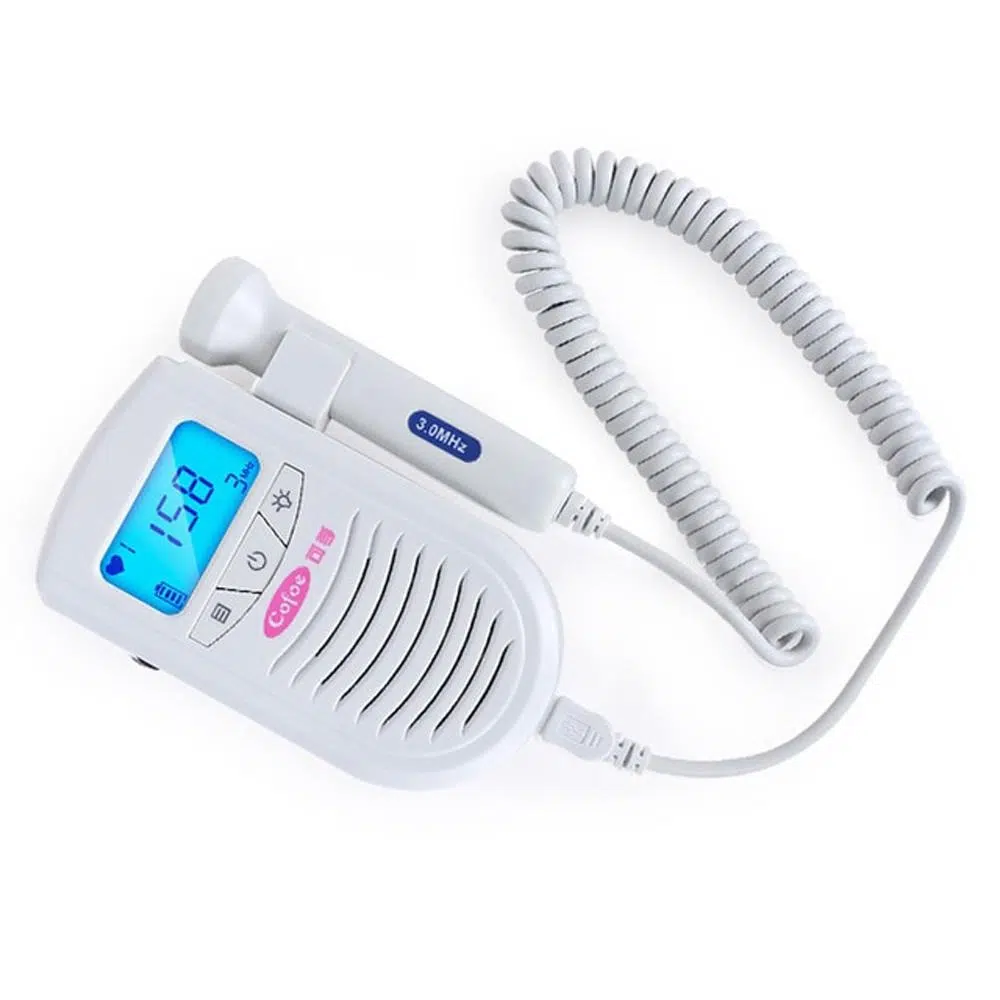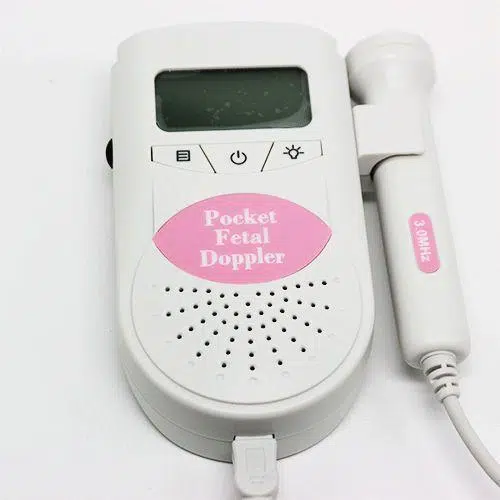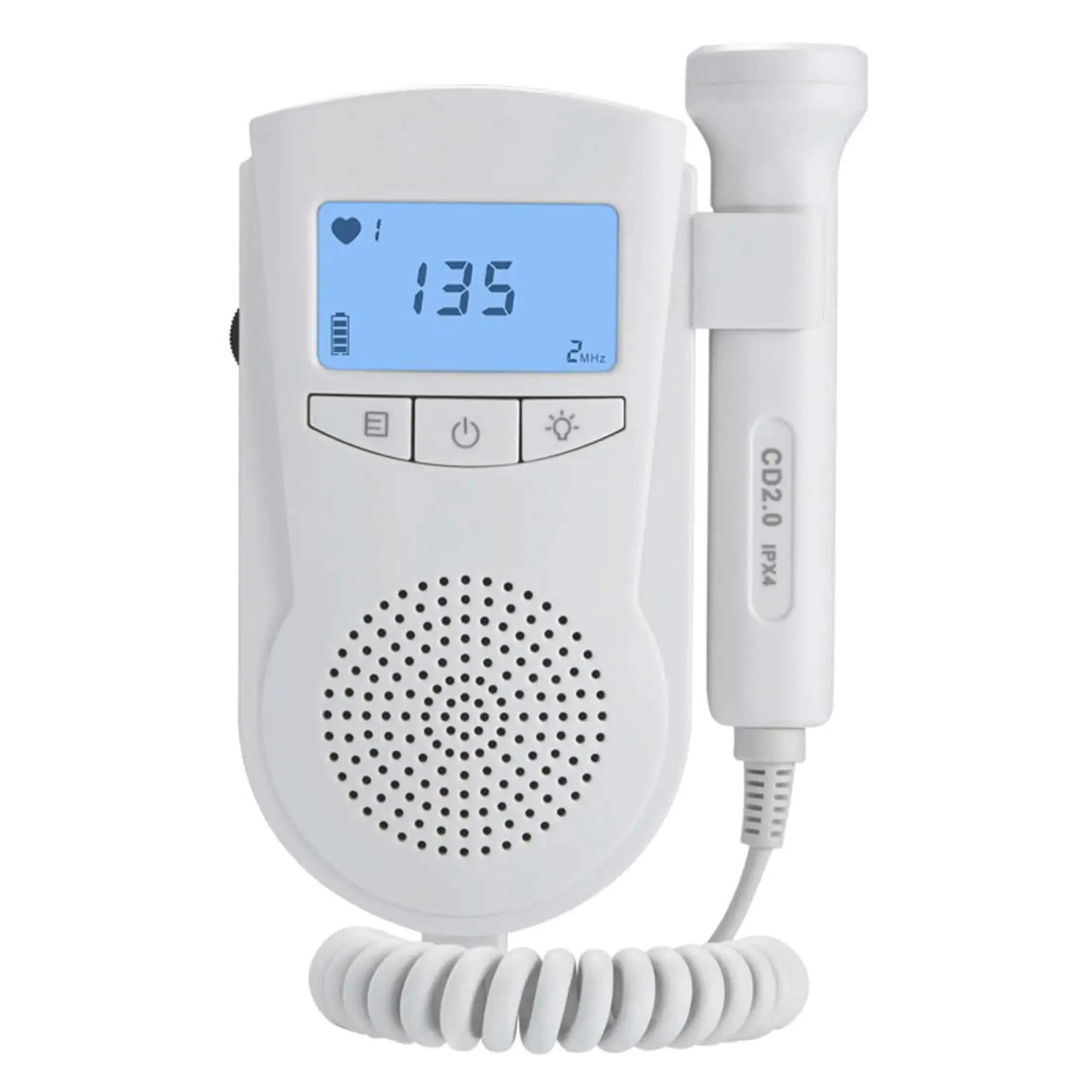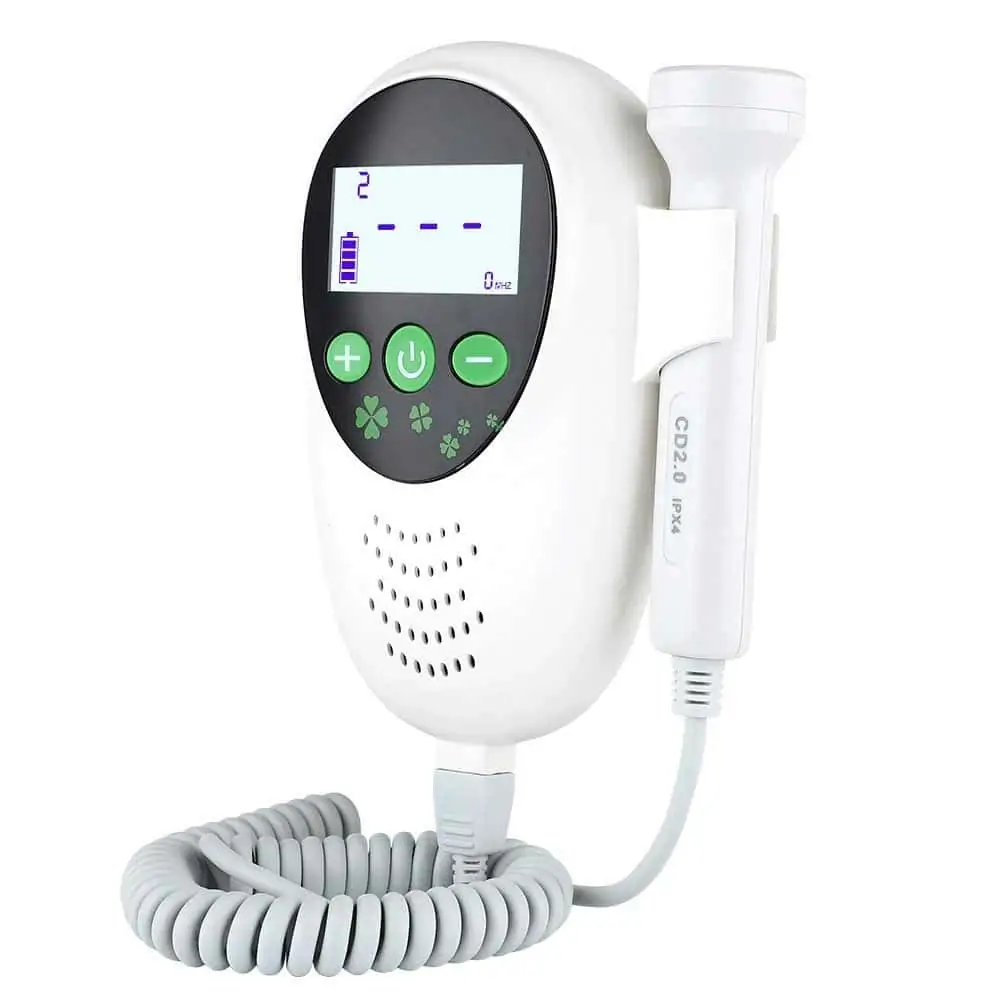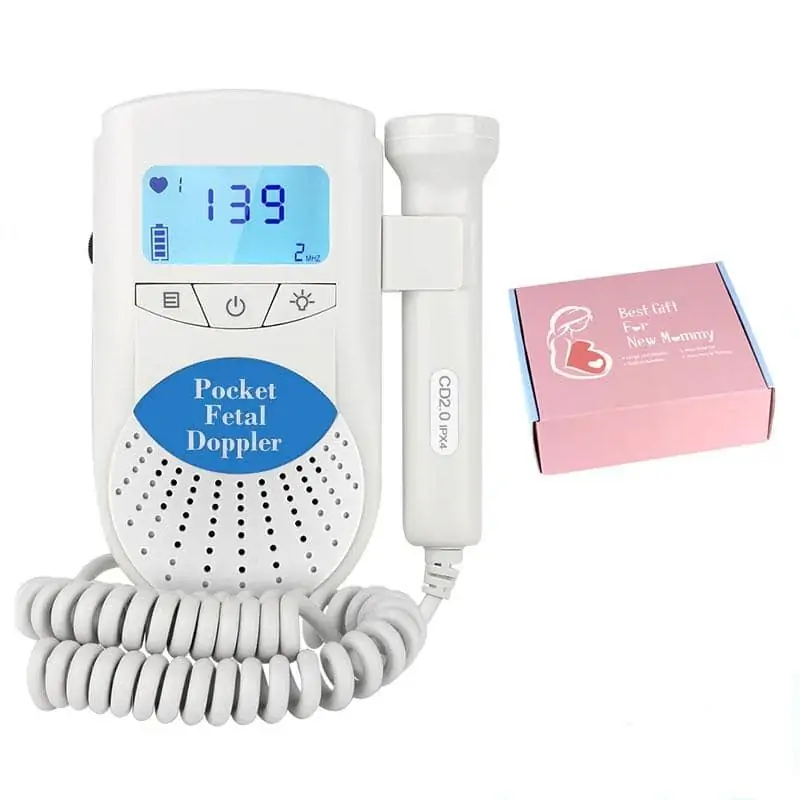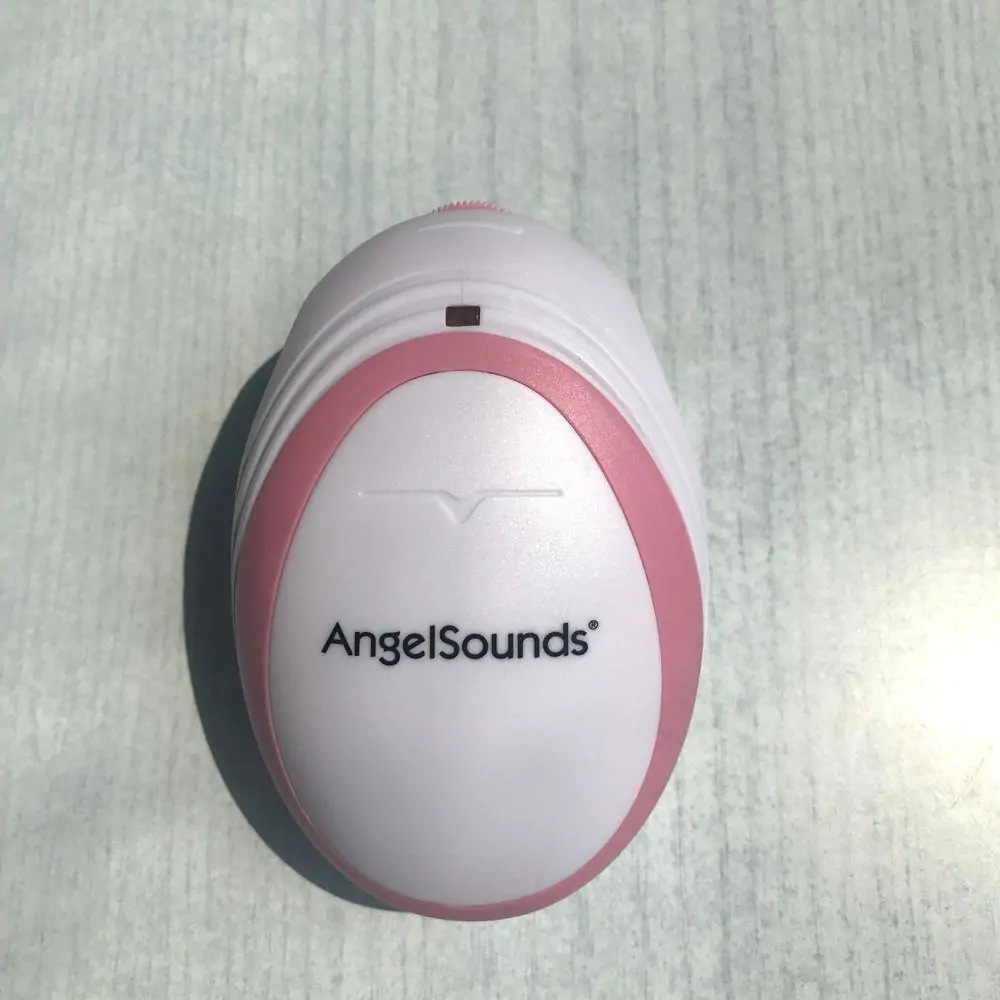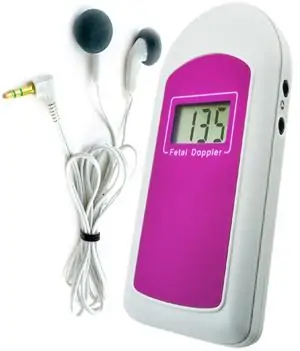Pocket Fetal Doppler: Your Guide to Safe Baby Monitoring Leave a comment
Pocket Fetal Doppler
As an expectant parent, monitoring your baby’s heartbeat is one of the most heartwarming experiences you can have. The advent of technology has made this possible through devices like the Pocket fetal Doppler. This article will explore its benefits, practical tips for use, and first-hand experiences to equip you with comprehensive knowledge about this amazing device.
What is a Pocket Fetal Doppler?
A Pocket Fetal Doppler is a portable ultrasound device used to monitor a fetus’s heartbeat during pregnancy. Unlike traditional Dopplers used in clinical settings, these handheld devices allow parents to listen to their baby’s heartbeat from the comfort of home. Lightweight and easy to use, they have become increasingly popular among expectant mothers.
Benefits of Using a Pocket Fetal Doppler
The use of a Pocket Fetal Doppler carries several advantages:
-
- Peace of Mind: Regular monitoring allows parents to hear the baby’s heartbeat, providing reassurance.
-
- Bonding Experience: Enables parents to connect emotionally with their unborn child.
-
- Cost-Effective: These devices are frequently enough more affordable than regular prenatal check-ups.
-
- Mobility: Small and portable, they can be used anywhere, anytime.
How Does It Work?
The Pocket Fetal Doppler uses ultrasound waves to detect the movement of blood in the fetal heart, converting these waves into audible sound. Parents can place the Doppler on the mother’s abdomen, applying a small amount of gel for smoother contact, to listen to the heartbeat.
Steps to Use a Pocket Fetal Doppler
-
- Apply a layer of ultrasound gel to the area where you’ll place the Doppler.
-
- Turn on the device and select the appropriate frequency setting.
-
- Gently move the probe around the area until you hear the heartbeat.
-
- Listen for the heartbeat for a few minutes.
Practical Tips for Using a Pocket Fetal doppler
To enhance your experience with the Pocket fetal Doppler, consider the following practical tips:
-
- choose the Right Time: The best times to use the Doppler are when you are relaxed, often in the afternoons or evenings.
-
- Hydrate: Drinking water can help your baby move around, making it easier to detect the heartbeat.
-
- Patience is Key: It might take a few attempts to locate the heartbeat, especially in the early stages of pregnancy.
-
- Keep It Short: Limit the listening time to around 10-15 minutes to avoid unnecessary anxiety.
Case Studies: real-life Experiences with Pocket Fetal Dopplers
Let’s look at some examples of mothers who have integrated Pocket Fetal Dopplers into their pregnancy monitoring routine:
| Mother’s Name | Gestational Age | Experience |
|---|---|---|
| Alice | 12 weeks | Felt nervous but found the heartbeat after a few tries, easing her anxiety. |
| Maria | 20 weeks | Said it strengthened her bond with her baby and allowed her partner to join in. |
| Susan | 24 weeks | Felt empowered by being able to monitor her baby’s health at home. |
safety Considerations
While Pocket Fetal Dopplers are generally considered safe, there are still important safety considerations to keep in mind:
-
- Consult Your Doctor: Always get advice from a healthcare provider before using any medical device.
-
- Limit Use: Do not overuse the device; it is meant for occasional checks, not daily monitoring.
-
- If Anxious, seek Professional Help: If you ever have concerns about your baby’s health, see a medical professional rather of relying solely on the Doppler.
Conclusion
The Pocket Fetal Doppler is a remarkable tool for expectant parents, providing not only a way to monitor a baby’s heartbeat but also creating an chance for bonding. While it offers many benefits, maintaining clear communication with healthcare professionals is essential. By keeping these tips and experiences in mind, you’re better equipped to use this device safely and effectively on your parenting journey.
Whether you’re considering purchasing a Pocket Fetal Doppler or already using one, remember that every heartbeat is unique, just like your experience of becoming a parent. Happy monitoring!







